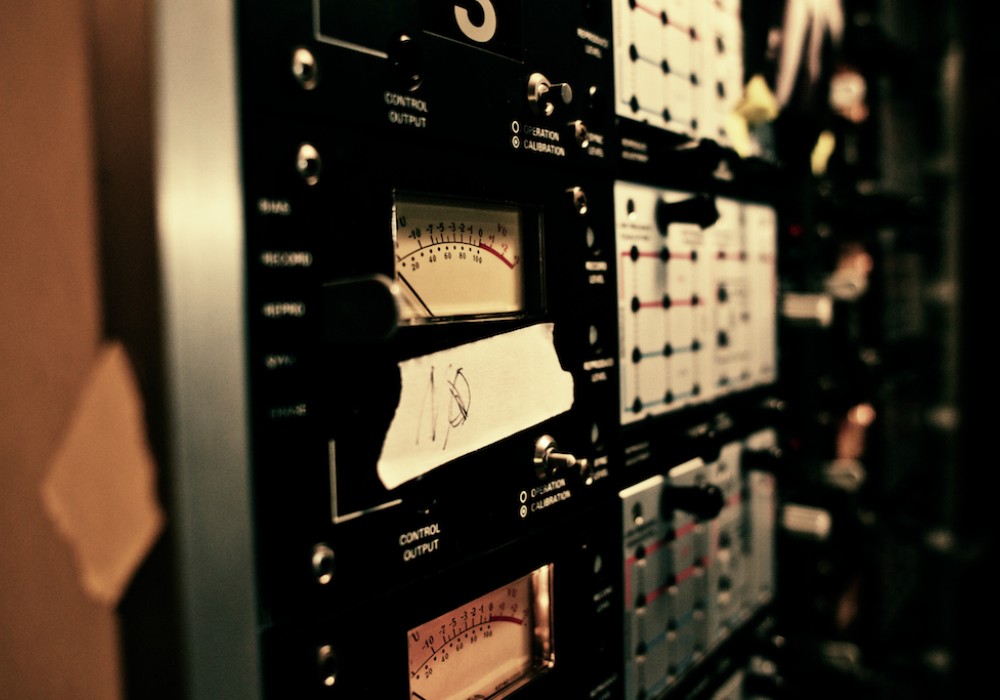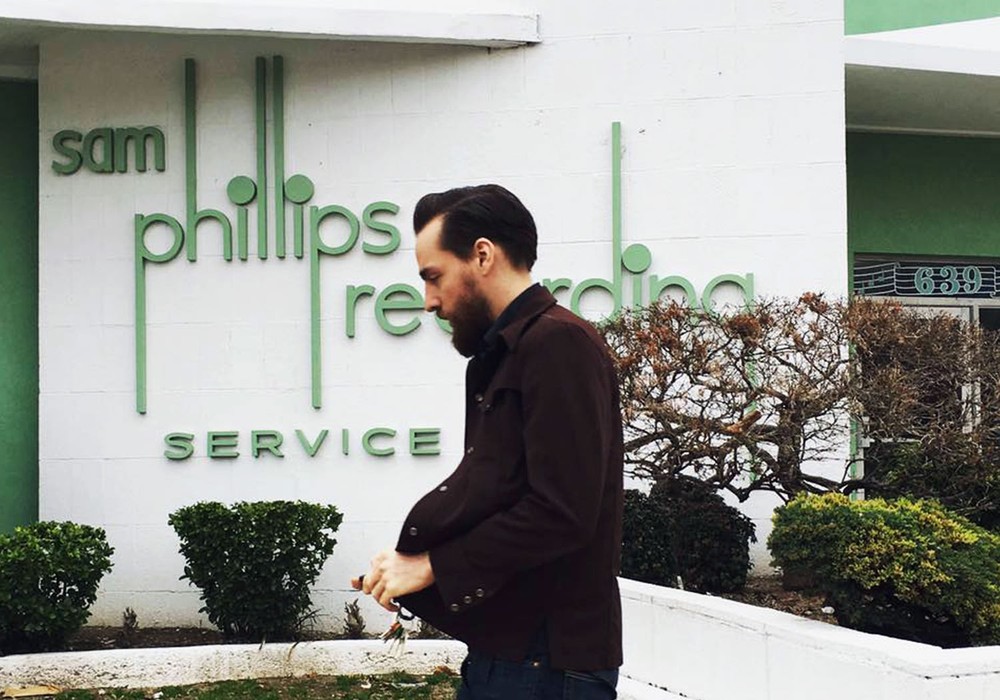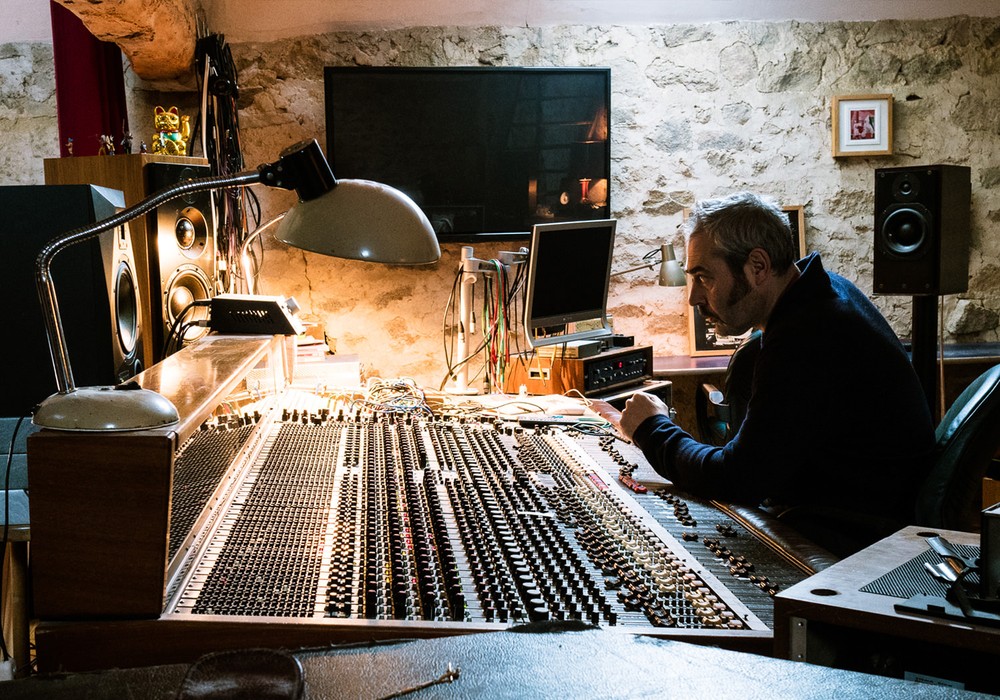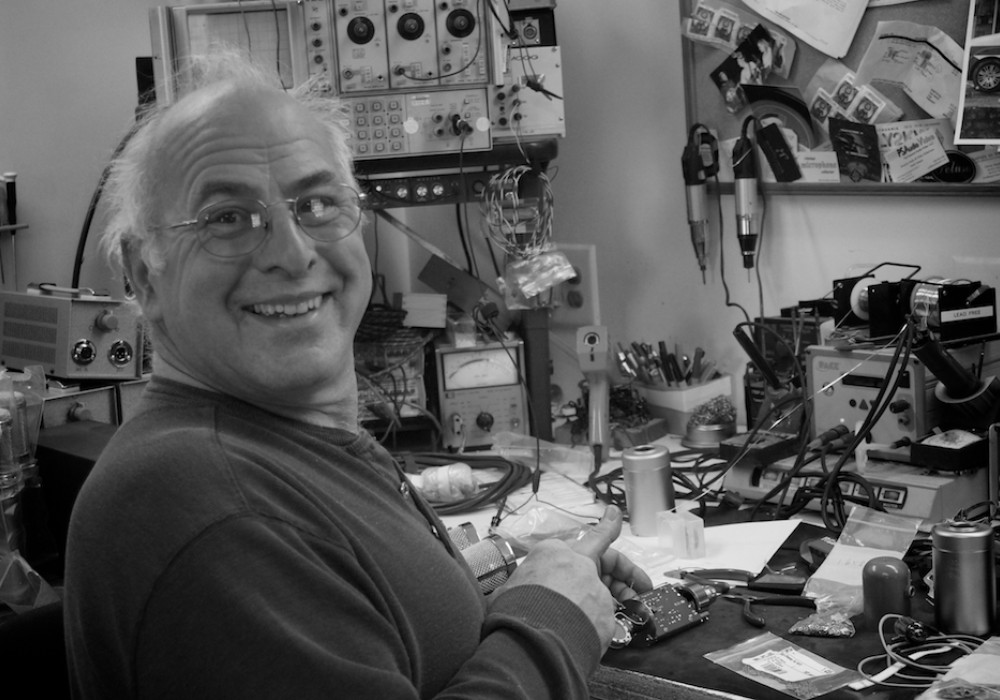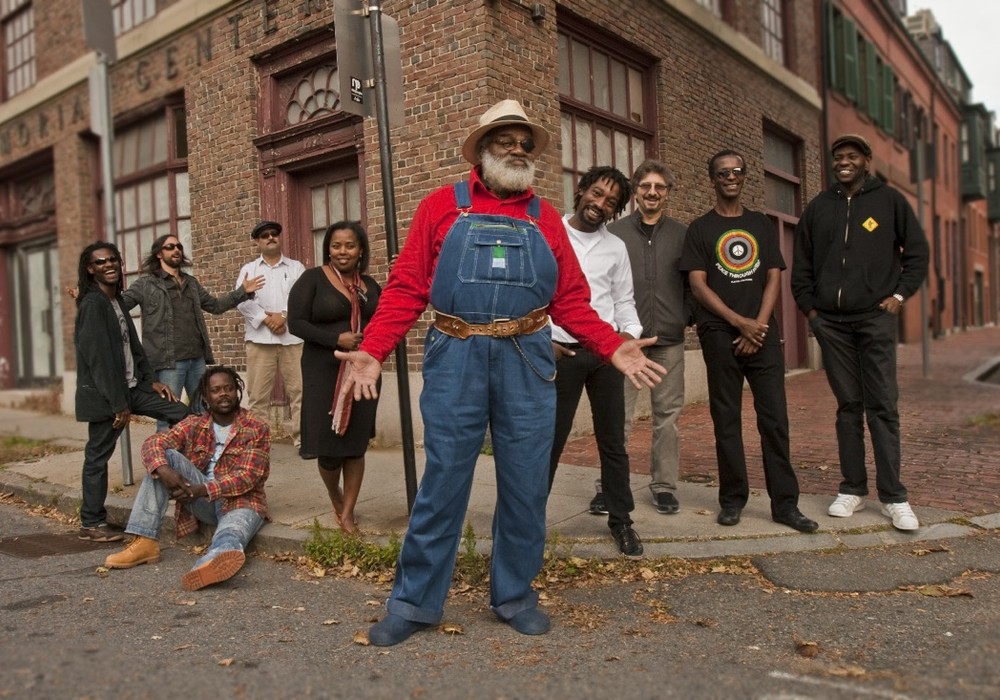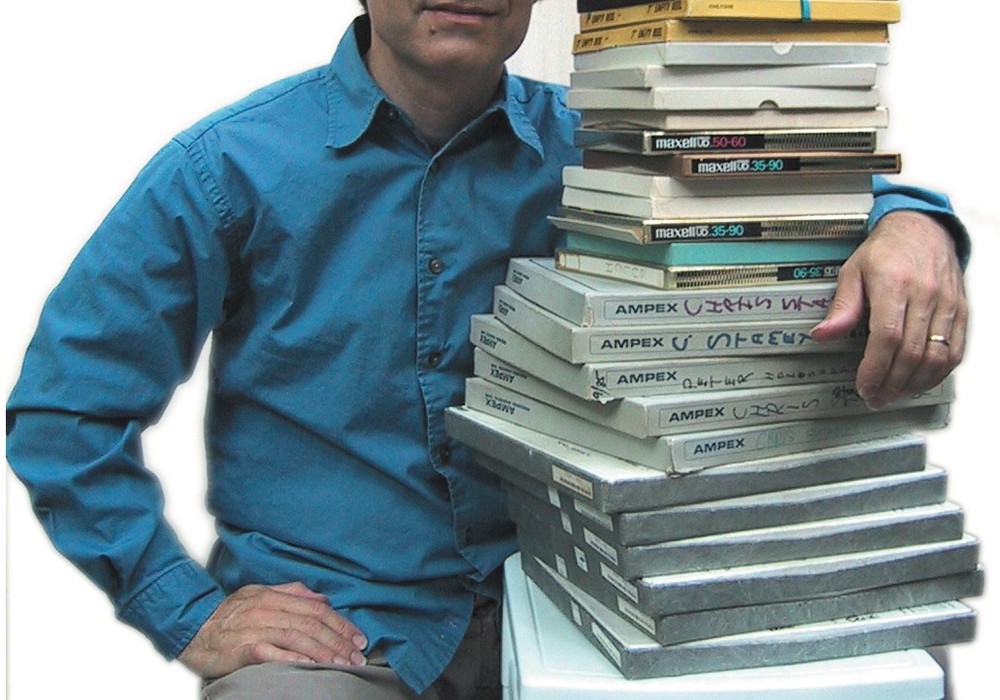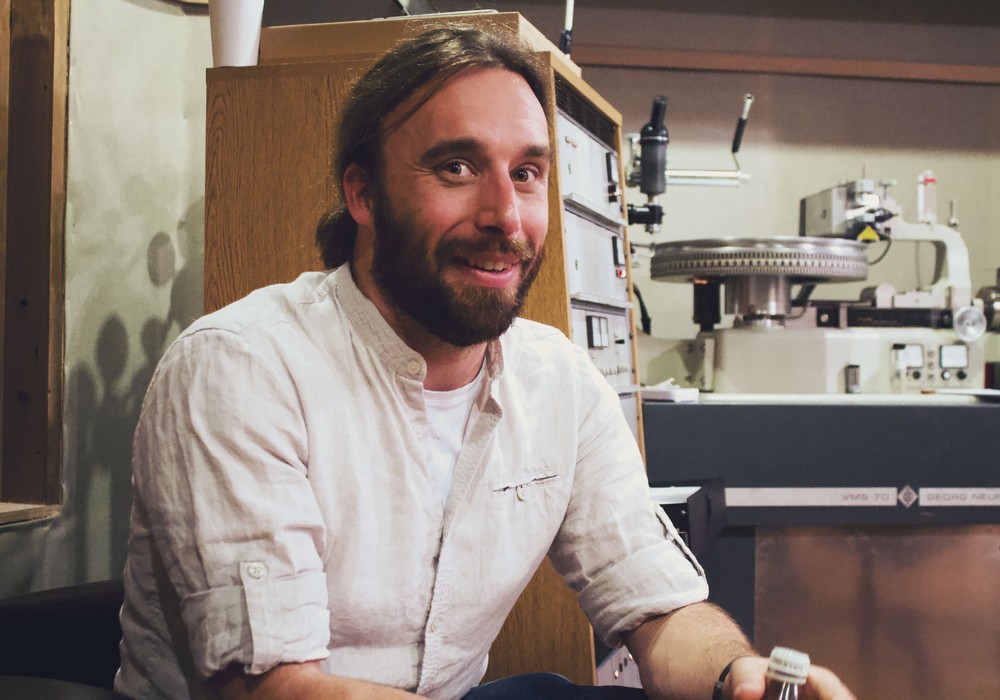Ernst Nathorst-Boos and Marcus Zetterquist, along with Peter "Pelle" Jubel, founded Propellerhead Software in 1994. Propellerhead, based in Stockholm Sweden, has given us some unique software for audio creation and production, like Reason, ReBirth and ReCycle, and have now introduced Record, their own take on DAW software.
I know there are three of you that are partners, right? Peter is not with us today.
Ernst: Yes. He's not a trade show person.
Marcus: No, he's not.
E: He's our signal processing engineer, and he's sort of a special guy. He likes being in his lab. He is very comfortable there. But he is a magician.
I think he must be.
E: And if you look at what we've done in terms of the SSL emulation, the time stretch that's in Record and the synthesizers in recent programs — almost all of that is his work. I don't know how to describe it. He just hears something and understands how to write the code to make it sound like that. We don't know where we would be without him.
Your first product was ReCycle in 1994. What was the impetus behind that product?
E: Marcus and I had gotten together a few years earlier and done an even smaller project together, and we wanted to do a real musical application. This was the time when people really started working with sample fragments — not just the kick drum or the snare, but complete loops. We did look at the market and say, "It seems like something is happening here." But the more important part was that we looked at the process of how people do this stuff. You have something on vinyl — before you've got everything hooked up, sampled in and trimmed up, you don't even know if it's going to fit your song. So 45 minutes later you go, "No, that loop didn't work. Let me try another one." We said, "Can we do something here that changes the workflow or the potential of this thing that's happening? Can we use a computer to change it?"
M: I think the normal thing to do was that you had a loop at a certain BPM, and then you pitched it or you changed a song to fit it. People didn't think about chopping them up at that point.
E: Time stretch barely existed.
M: In keyboard magazines there were all these loop CDs. We would order CDs with loops on them, and there was no clear way to use them.
So this would be an editing program to help you make your own samples and use loops and samples?
E: Yes, that was the idea.
What products came after that?
E: For us the next thing was ReBirth.
That was an emulator of the Roland Bass Line synth?
E: Right, the TB-303 Bass Line. That's what we thought we had done — a good emulator, right? But I think ReBirth was actually the first program that allowed people without deep musical knowledge to use a computer and make music that sounded authentic. Another thing was that they could share their creations. Everybody had the same piece of software and the same capabilities on their computer, so you could download somebody's track and maybe just listen to it or make changes to it and upload it again. Suddenly people were sharing songs and forming bands on the Internet. I think it was the first time that actually happened. It was possible because it was a self-contained format.
M: They were small [files].
The REX file was used for ReCycle no? Other programs have taken that on.
E: Originally you had the stuff transmitted over to samplers, so you had your thing connected by MIDI or SCSI. Then people started using software. We understood that you needed to deploy your work into a software program. We had to have a file format, so we built something.
M: It used to be a RCY file. It was basically an AIFF file that we used as a save format for the program. Later on we added more processing to more features, so we had to stretch things some. So we did the REX file format. At that point we wanted other companies to be able to use it, and it was really tricky to replicate the stretching.
Where did the company go from there? Was that what led into Reason?
E: If you look at some of the prototypes for...
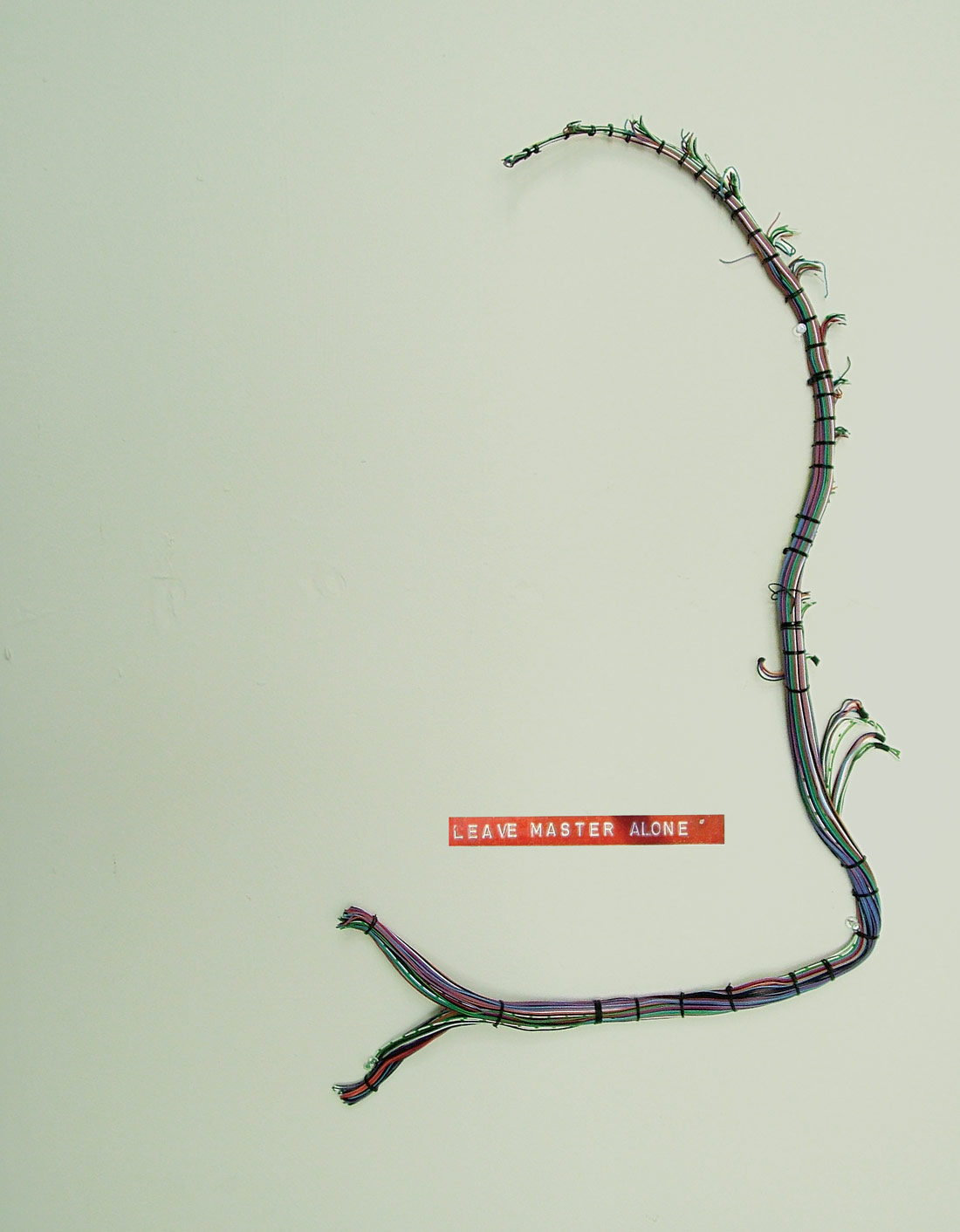



_disp_horizontal_bw.jpg)
